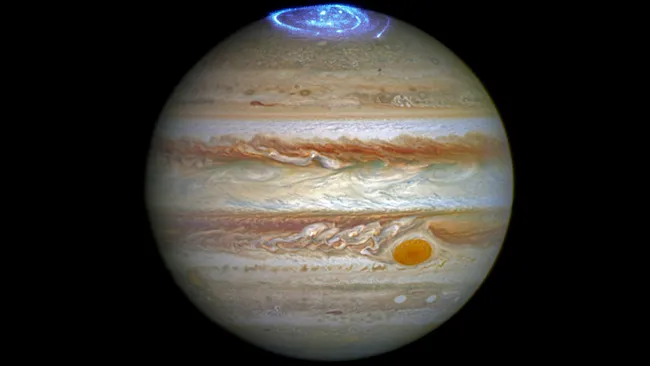Astronomy and Cosmology Education.
Also News, Articles, Blogs And More..
COSMOLOGY AND ASTRONOMY EDUCATION
Welcome to our comprehensive resource for cosmology and astronomy education. Whether you’re a beginner eager to learn the basics or looking to deepen your understanding of space science, this page offers clear explanations of key concepts. Explore topics such as the structure of the universe, the science behind stargazing, and the foundational theories that shape our understanding of the cosmos. Begin your educational journey into cosmology and astronomy here.
Consciousness and Materialism: Exploring the Limits
Materialism, in its philosophical context, is the belief that all phenomena, including thoughts, feelings, and consciousness itself, are products of physical processes. This view holds that everything in the universe, from the smallest particle to the most complex life form, operates according to physical laws. For proponents of materialism, all aspects of existence can be explained by examining interactions between particles, energy, and fundamental forces,
How fast is quantum entanglement?
Quantum entanglement is one of the most intriguing phenomena in quantum mechanics, often described as a unique bond between particles that defies classical physics. When particles become entangled, their properties become linked in such a way that the state of one particle immediately affects the state of the other, regardless of distance. This phenomenon challenges our understanding of time and space, suggesting that information may travel faster than light between entangled particles.
The 8 levels of nothingness: When nothing is still something until..
In this article, we will present you the 8 levels of nothingness. In other words, we will see how although we can have nothing in common sense, there still could be an underlying level where we can eliminate more properties and lead to a more absolute nothing. We will start from a room empty of objects that we can naively consider empty and will reach deep levels of nothingness. So in all that said, below are the 8 levels of nothingness.
The Life Cycle of a Star: From Birth to Supernova and Beyond
Stars are the fundamental building blocks of the universe. They are responsible for creating most of the elements found in our world. The life cycle of a star is a fascinating process. From its initial formation in a vast cloud of gas to its end, either as a beautiful nebula or a powerful black hole, each phase tells a unique story. This journey is shaped by one main factor…
10 Facts About Saturn Planet: Rings, Moons, And More
Saturn, the sixth planet from the Sun, is one of the most captivating and recognizable celestial bodies in our solar system. Known for its stunning rings and diverse array of moons, Saturn has intrigued astronomers, mythologists, and the general public alike for centuries. This gas giant is not just a marvel of astronomy but also a significant figure in human culture, with a rich tapestry of myths, stories, and scientific exploration associated with it.
The Theories of the Origin of the Solar System: A Comprehensive Guide
Understanding the theories of the origin of the solar system has long been a crucial part of astronomy. Scientists have studied how the Sun, planets, and other celestial bodies came to exist, leading to several key ideas over time. These ideas aim to explain how a cloud of gas and dust evolved into the complex system we observe today. In this post, we will explore theories about the origin of the solar system, including the widely accepted Nebular Hypothesis
Planet Jupiter. Everything you would ever want to know about this planet.
Jupiter, the largest planet in our solar system, has captivated the attention of astronomers and space enthusiasts for centuries. Its immense size, striking features, and mysterious nature make it one of the most intriguing bodies orbiting the Sun. From its swirling clouds and the iconic Great Red Spot to its numerous moons,
15 Mind-Blowing Questions About Black Holes Answered
Black holes are among the most enigmatic and intriguing phenomena in the universe. In this article, we will see some interesting facts about black holes. We’ll answer 15 common questions about black holes, shedding light on their mysteries and uncovering interesting facts about them. From their movement to their potential dangers, you’ll gain a deeper understanding of these mysterious objects.
Leading theories explaining dark energy in the universe
Dark energy is the dominant form of energy in the cosmos. It drives the accelerating expansion of the universe. However, its nature remains a complete mystery. Dark energy is a theoretical form of energy. Physicists propose it to explain why the universe is expanding at an accelerating rate. Think of dark energy as the “evil counterpart” to gravity.
Inspiration and Acknowledgments
We want to educate and produce insightful, well-researched content on the subject of astronomy and cosmology. A lot of inspirational ideas for our articles and posts are inspired by public knowledge shared by experts and enthusiasts. There are
whose content and hard work are immensely inspiring for us.









